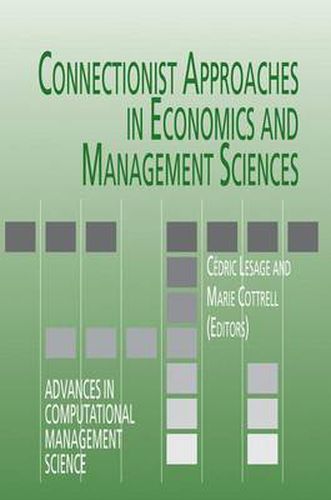Readings Newsletter
Become a Readings Member to make your shopping experience even easier.
Sign in or sign up for free!
You’re not far away from qualifying for FREE standard shipping within Australia
You’ve qualified for FREE standard shipping within Australia
The cart is loading…






The purpose of the book is to put these new techniques at the disposal of researchers coming from different horizons, to assess the state of the art, to identify the capability of these new algorithms, to evidence the contribution of these methods to Economics and Management Sciences. It is a privileged place to expose the know-how and to discuss new developments and problems encountered in the researches. The contributions in this book bring new confirmations of the interest of connectionist approaches for researchers in Economics and Management Sciences. The first part is dedicated to theoretical advances; the second part presents a wide range of applications. All papers contain interesting results on each subject, which would have been very difficult to show with classical techniques but which has been proven by using these connectionist non linear methods. They reflect the great diversity of connectionist approaches of which we know the reader will benefit for his(her) own research. If this study enlarges the range of analysis tools for researchers in Economics and Management we will have reached our goal of sharing our interest in these new and fascinating connectionist methods.
$9.00 standard shipping within Australia
FREE standard shipping within Australia for orders over $100.00
Express & International shipping calculated at checkout
The purpose of the book is to put these new techniques at the disposal of researchers coming from different horizons, to assess the state of the art, to identify the capability of these new algorithms, to evidence the contribution of these methods to Economics and Management Sciences. It is a privileged place to expose the know-how and to discuss new developments and problems encountered in the researches. The contributions in this book bring new confirmations of the interest of connectionist approaches for researchers in Economics and Management Sciences. The first part is dedicated to theoretical advances; the second part presents a wide range of applications. All papers contain interesting results on each subject, which would have been very difficult to show with classical techniques but which has been proven by using these connectionist non linear methods. They reflect the great diversity of connectionist approaches of which we know the reader will benefit for his(her) own research. If this study enlarges the range of analysis tools for researchers in Economics and Management we will have reached our goal of sharing our interest in these new and fascinating connectionist methods.